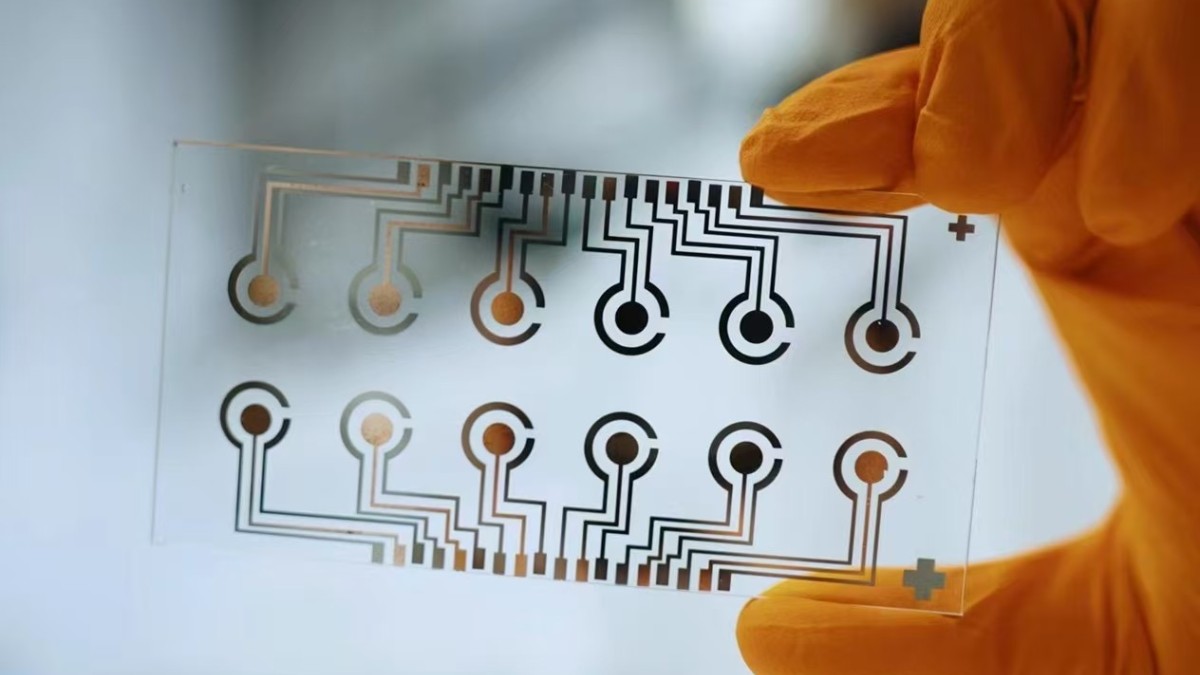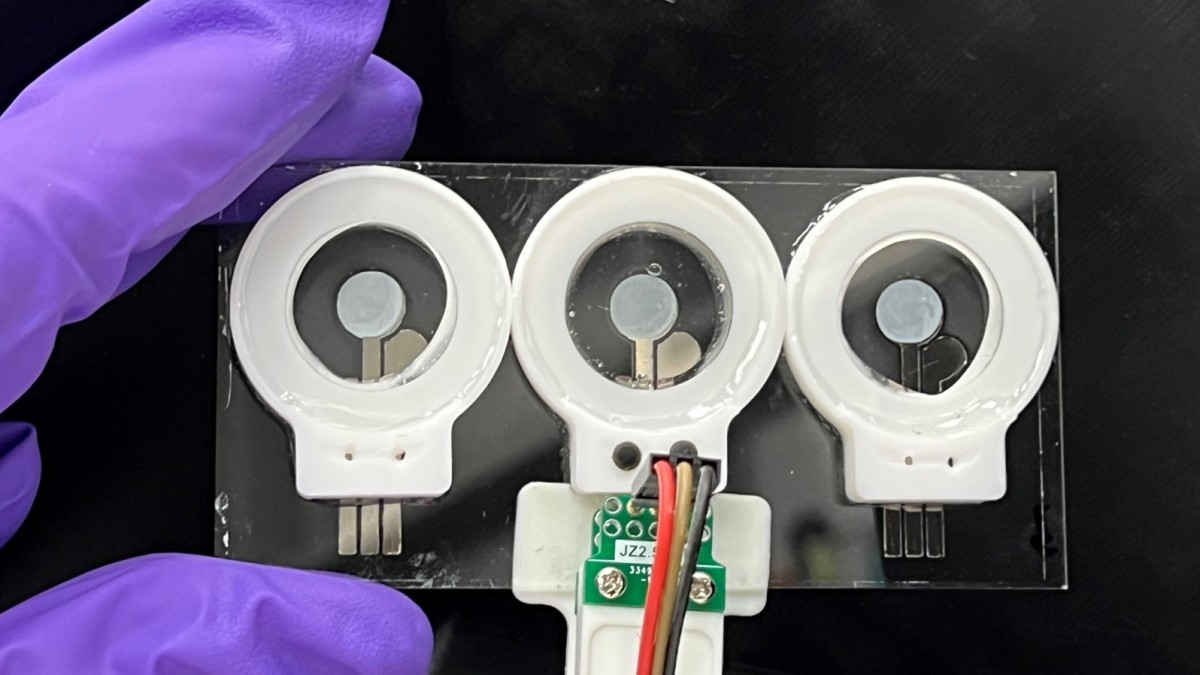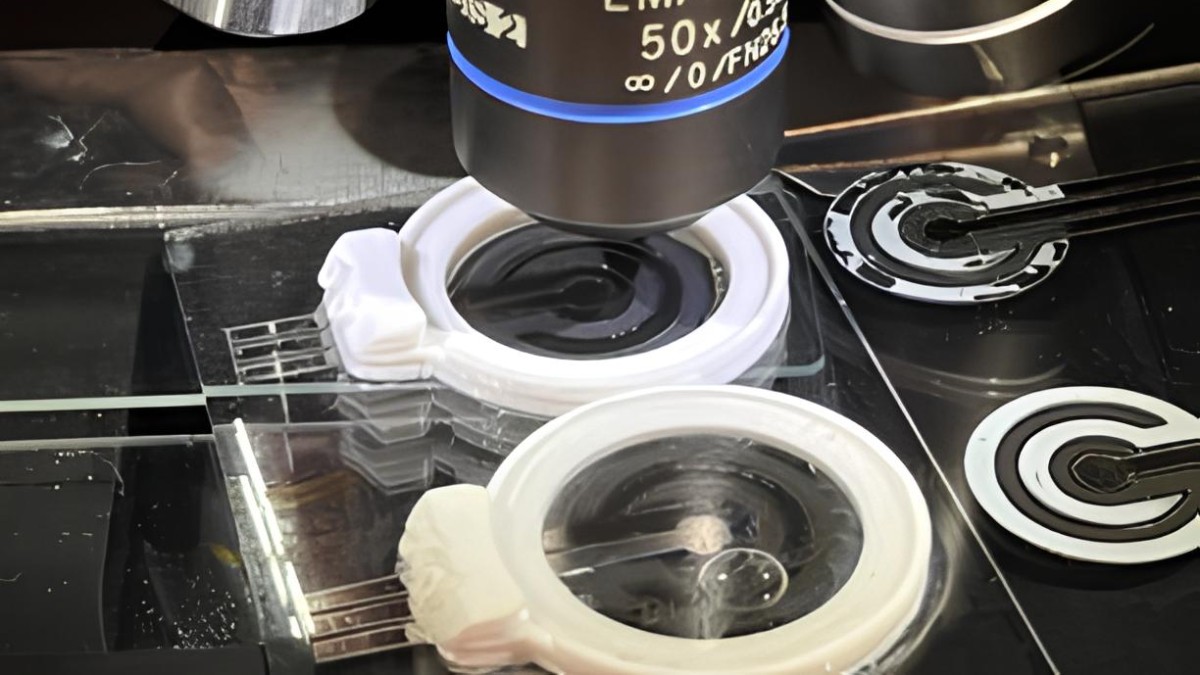Advanced tools could help build safer, longer-lasting and faster-charging batteries
New microdevices developed at the University of Surrey give researchers their first-ever look inside a battery while it is running – opening the door to safer, smarter and more sustainable energy storage.

Battery chip design
These advanced tools allow scientists to observe chemical and structural changes in real-time as the battery operates, helping them better understand why batteries lose power, overheat or fail. For example, they can monitor the nanoscale surface morphology – the tiny structural features on a battery’s surface that change as it charges and discharges – analyse the interfacial composition, detect the atomic-level mass changes, and identify gas formation.
The research team has also built a series of “mini lab-on-a-chip” systems that can rapidly test new battery materials and designs, improving the safety, lifetime and charging speed of batteries used in electric vehicles, public transport and large-scale renewable energy storage.

Portable testing chip
Unlike traditional battery research, which has relied on trial and error or external performance testing, this novel approach marks a major step forward in understanding and controlling how energy-storage materials behave during operation. By turning the battery’s hidden interfaces into controllable systems, the work could accelerate the development of next-generation batteries for clean energy, consumer electronics and high-performance transport.

Analysis chip
The Surrey team is now working closely with other academic groups and industrial partners, including Merrow Scientific, LinkZill and R3V Tech, to bring the research beyond the lab and into wider use in green chemical processing and environmental detection.
[ENDS]
Notes to editors
- Dr Kai Yang is available for interview; please contact mediarelations@surrey.ac.uk to arrange.
- Image credit: University of Surrey
Related sustainable development goals


Featured Academics
Media Contacts
External Communications and PR team
Phone: +44 (0)1483 684380 / 688914 / 684378
Email: mediarelations@surrey.ac.uk
Out of hours: +44 (0)7773 479911

